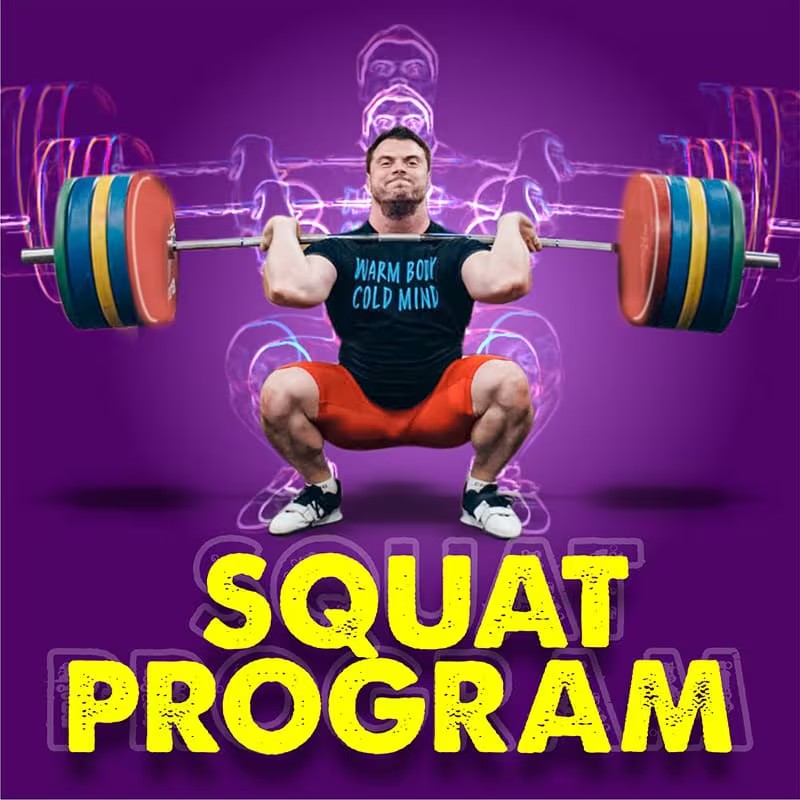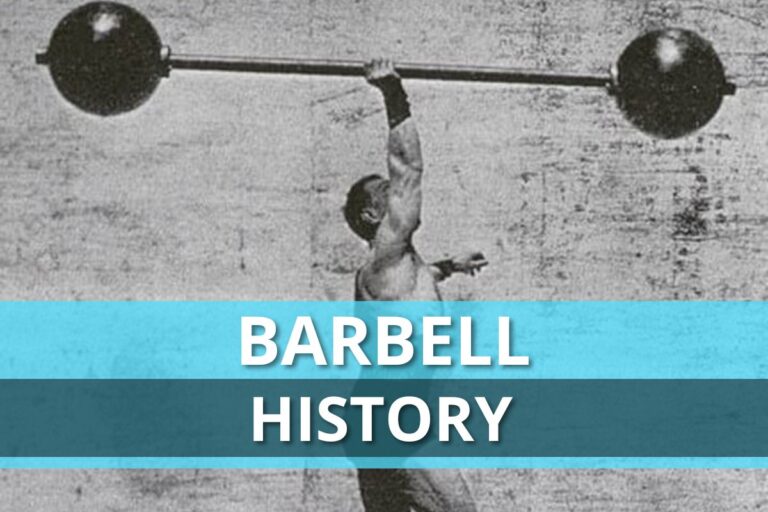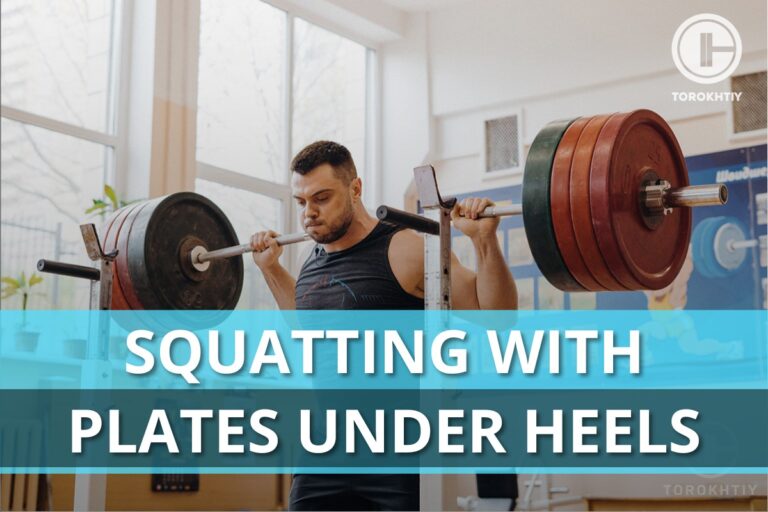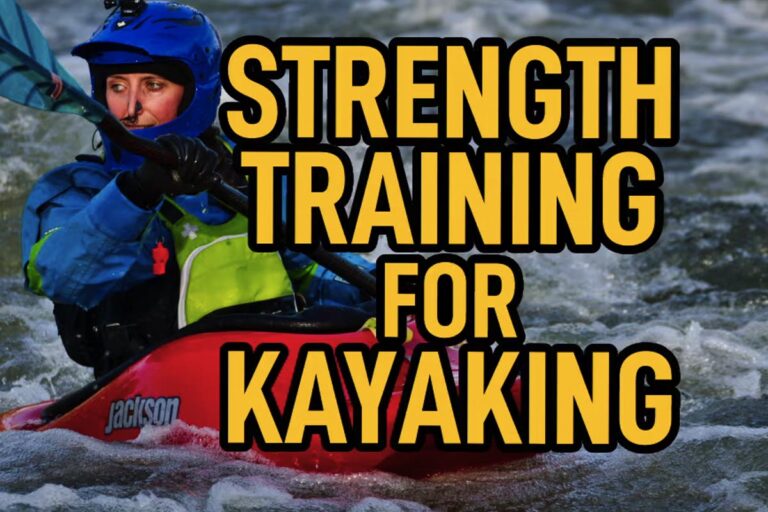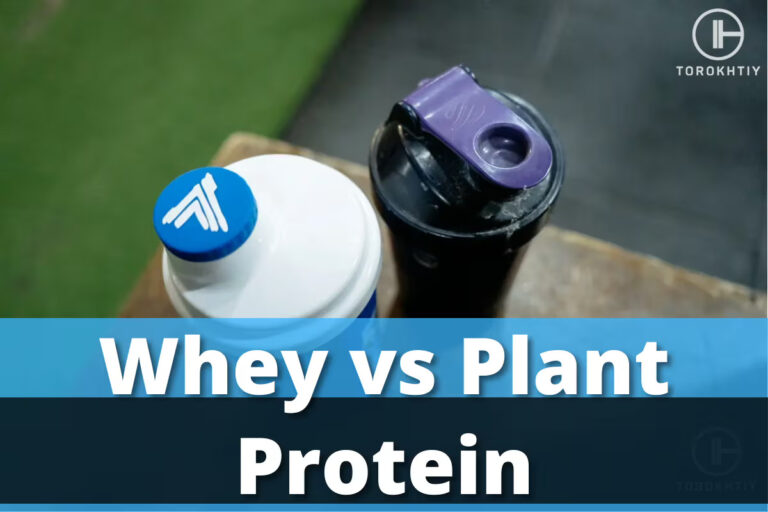8-Week Squat Program
The squat, often termed the cornerstone of strength, is a foundational exercise that promotes leg power, core stability, and functional strength.
This 8-week squat program is designed to enhance your squat performance by methodically increasing strength, power, and technique over four sessions per week.
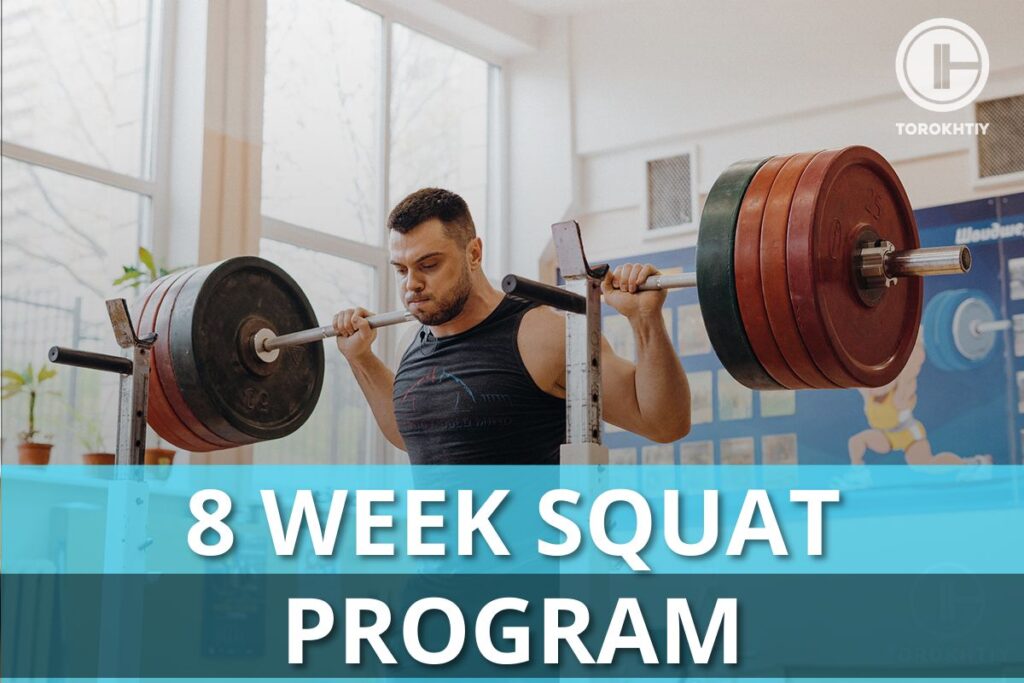
Week Example
How to read Olympic weightlifting training plan load
In Olympic weightlifting and strength training there is a standard form of writing planned load. Coach give a prescribtion that athletes need to do on the each training in specific way.
Let`s talke a look on certain example:
It means that in this specific exercise – Back Squat, athlete will do for
1 set for 4 reps on 50%, 3 sets for 4 reps on 65%, 1 set for 4 reps on 75%,
% – counts from actual 1 RM, means that if your current 1 RM 100 kg (220 lbs), athlete work 1 set for 4 reps on 50% – 50 kg (110 lbs), 3 sets for 4 reps on 65% – 65 kg (143 lbs), 1 set for 4 reps on 75% – 75 kg (165 lbs)
Day 1 – Foundation and Technique
Warm-Up: 10 minutes of dynamic stretches targeting the quads, hamstrings, calves, and hips.
Prime the muscles for the squat workload ahead.
Back Squat: 5 sets x 5 reps at 70% of your 1RM.
Refine technique and establish a rhythm for the week.
Pause Squats: 3 sets x 4 reps at 60% 1RM, with a 2-second pause at the bottom.
Enhance strength in the squat’s bottom position and develop control.
Walking Lunges: 3 sets x 12 reps.
Improve single-leg strength and stability.
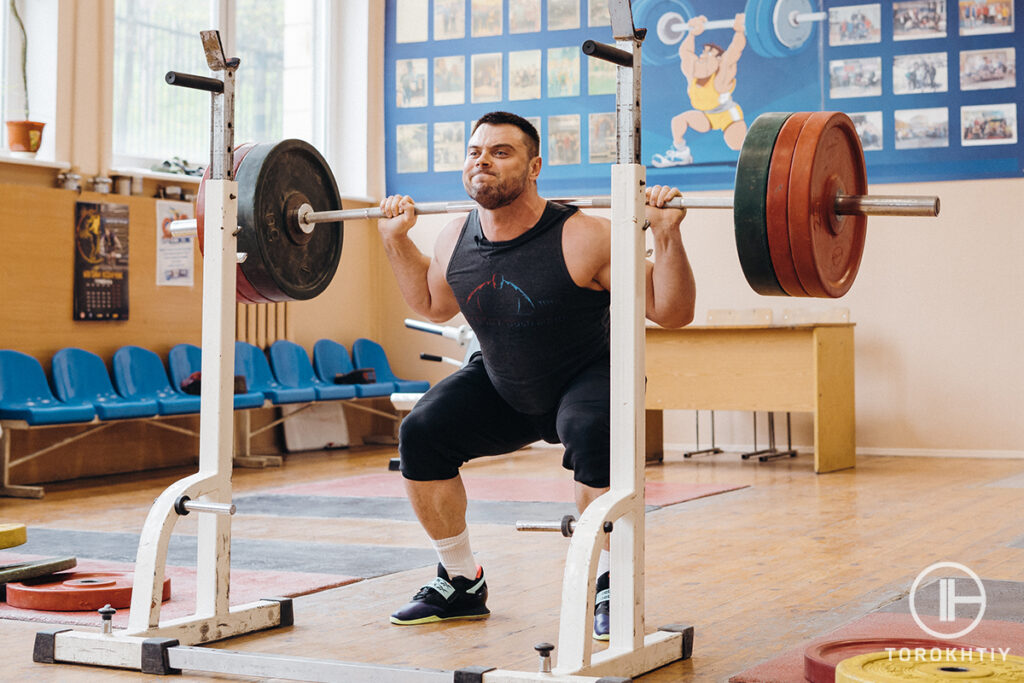
Day 2 – Power and Explosiveness
Warm-Up: 10 minutes integrating plyometrics like high jumps and tuck jumps.
Jump Squats: 4 sets x 6 reps with a lightweight.
Foster explosive strength.
Box Squats: 4 sets x 6 reps at 60% 1RM.
Emphasize hip extension and power generation.
Goblet Squats: 3 sets x 10 reps.
Refine squat depth and technique using a front-loaded weight.
Day 3 – Volume Training
Warm-Up: 10 minutes focusing on hip openers and dynamic mobility.
Front Squat: 5 sets x 5 reps at 65% 1RM.
Enhance anterior leg strength and core stability.
Sumo Deadlifts: 3 sets x 8 reps.
Complement squat strength by targeting the hips and inner thighs.
Calf Raises: 4 sets x 15 reps.
Strengthen calf muscles for a balanced leg workout.
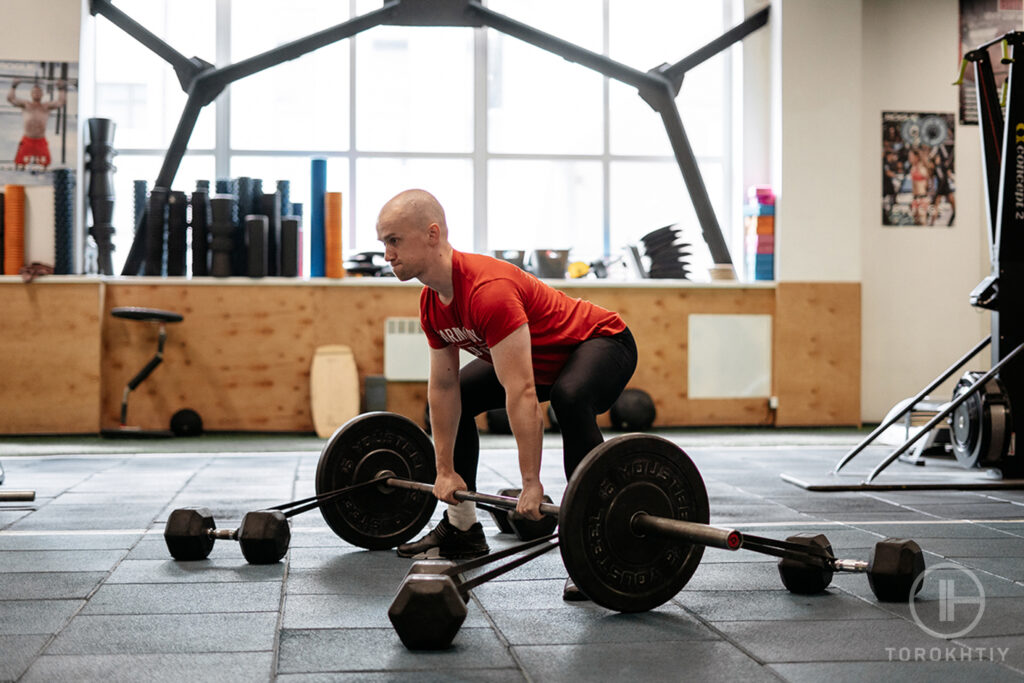
Day 4 – Accessory and Strength Endurance
Warm-Up: 10 minutes of full-body stretches and light cardio.
Squat Pyramids: Start with 50% 1RM, performing 10 reps, then increase weight and decrease reps (8, 6, 4).
Enhance muscular endurance.
Bulgarian Split Squats: 3 sets x 8 reps per leg.
Target imbalances and boost unilateral leg strength.
Leg Curls: 3 sets x 10 reps.
Strengthen hamstrings for a balanced posterior chain.
🔻12 Week Squat Program by Oleksiy Torokhtiy
Do you want to double your squat strength? In just 12 weeks, you’ll be able to boost your squat results.
This program transforms any ordinary squat into a powerful athletic movement.
What’s included:
- 12 weeks of squat programming;
- Effective combination of sets, reps, and weights;
- Fully designed and coached by Oleksiy Torokhtiy;
- Over 60+ movements, banded work, and weight training;
- Accessory work for core, joint stability and injury prevention;
- Max out on back squat and front squat at the end.
Start now and boost your squat results!
Further Programming Recommendations
1. Load Management
Begin with a weight you can comfortably manage for the given reps. Aim to add roughly 2.5% weight every week.
2. Intensity Checks
Every third session, gauge your Rate of Perceived Exertion (RPE). If an exercise feels easier (RPE 7), slightly increase the weight. If it’s too tough (RPE 9 or 10), slightly reduce.
3. Accessory
To avoid plateaus, alternate accessory exercises every 2 weeks.
Here is a list of mushave exercises:
• Reverse Lunges
A lunge variation that emphasizes the glutes and hamstrings by stepping backward into the lunge position.
• Step-Ups
Using a bench or platform, step up while focusing on driving through the heel, targeting the quads and glutes.
• Hamstring Curls
Using a machine or lying face down and lifting weights with feet, it isolates the hamstrings.
• Leg Extensions
Using a machine, extend the knees to target the quadriceps specifically.
• Single-Leg Deadlifts
Holding a dumbbell or kettlebell, hinge at the hips while standing on one leg. It challenges balance while strengthening the hamstrings and glutes.
• Lateral Lunges
Lunge to the side to target the inner and outer thighs, as well as the glutes.
• Sled Pushes/Pulls
Pushing or pulling a weighted sled challenges the entire lower body and is excellent for building explosive strength.
• Leg Press
Using a leg press machine, push weight upward, targeting the quads, hamstrings, and glutes.
• Walking Lunges
Moving forward with each lunge step provides dynamic movement, recruiting the quads, hamstrings, and glutes.
These exercises, when incorporated into a leg strength routine, can offer varied challenges and benefits, ensuring comprehensive muscle engagement.
4. Technical Assessment
Bi-weekly, film your squat to analyze and refine your technique.
5. Recovery is Key
Consider integrating yoga or foam rolling sessions weekly. Proper rest, hydration, and nutrition play pivotal roles in maximizing gains.
Conclusion
This 8-week squat program is a comprehensive pathway, designed to incrementally boost your squat capabilities over four focused sessions each week.
More details you can find in this Squat Program. By following the outlined structure and embracing the principles of progressive overload, technique refinement, and recovery, you’ll be well on your way to squatting success. Commitment and consistency are your best allies; let every session count.
Also Read:
- 6 Week Squat Program
- 10 Week Squat Training Program
- 12 Week Squat Program
- Functional Fitness Mobility
Referenses:
- Michal Wilk, “The Influence of Movement Tempo During Resistance Training on Muscular Strength and Hypertrophy Responses” NCBI, https://www.ncbi.nlm.nih.gov/pmc/articles/PMC8310485/, 51(8): 1629–1650.
- Menno Henselmans, “The Effect of Carbohydrate Intake on Strength and Resistance Training Performance” NCBI, https://www.ncbi.nlm.nih.gov/pmc/articles/PMC8878406/ , 14(4): 856.
Why Trust Us?
With over 20 years in Olympic Weightlifting, our team does its best to provide the audience with ultimate support and meet the needs and requirements of advanced athletes and professional lifters, as well as people who strive to open new opportunities and develop their physical capabilities with us.
By trusting the recommendations of our certified experts in coaching, nutrition, dietology, and sports training programming, as well as scientific consultants, and physiotherapists, we provide you with thorough, well-considered, and scientifically proven content. All the information given in the articles concerning workout programming, separate exercises, and athletic performance, in general, is based on verified data. We ensure that you can rely on our professionals’ pieces of advice and recommendations that can be treated as personalized ones which will benefit you and fully meet your needs.
The product testing process is described in more detail here
Author: Sergii Putsov
Head of Sport Science, PhD
Best Results: Snatch – 165 kg,
C&J – 200 kg
Sergii Putsov, Ph.D., is a former professional weightlifter and National team member, achieving multiple medals in the 94 kg weight category at national competitions. With a Master’s degree in “Olympic & Professional Sport Training” and a Sport Science Ph.D. from the International Olympic Academy, Greece, Sergii now leads as the Head of Sport Science. He specializes in designing training programs, writing insightful blog articles, providing live commentary at international weightlifting events, and conducting educational seminars worldwide alongside Olympic weightlifting expert Oleksiy Torokhtiy.

